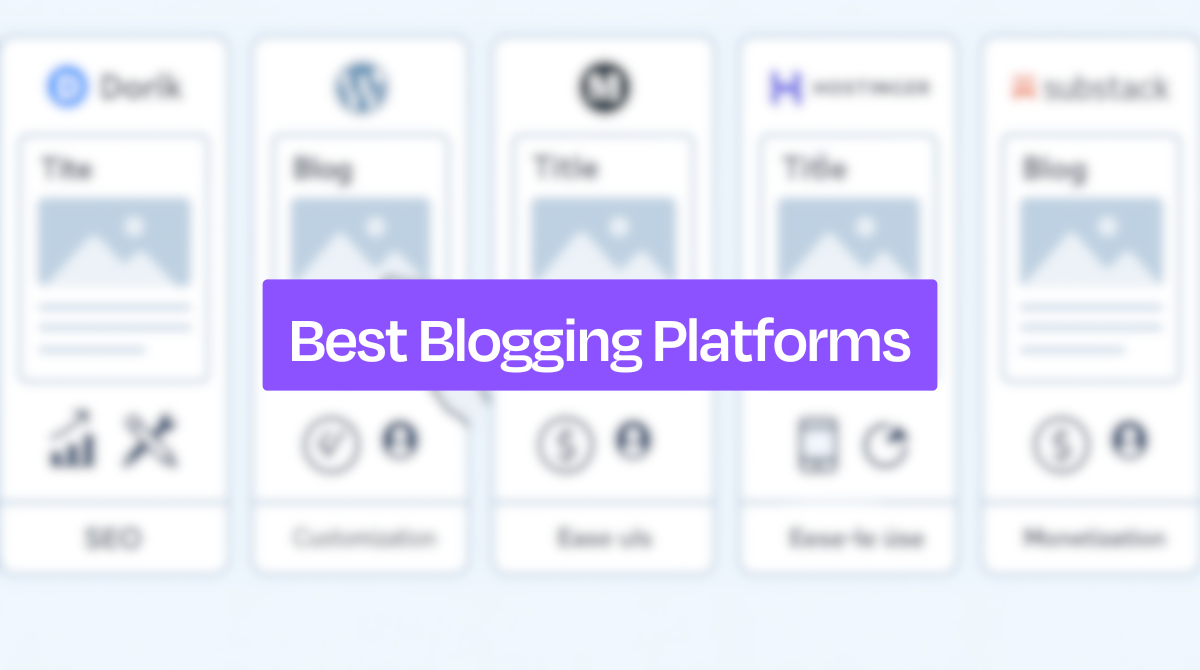Last week, my friend Sarah called me in a panic. She'd been writing on a free platform for months, pouring her heart into food recipes and stories. Then one day, her blog just... disappeared. No warning, no backup, nothing. Three years of work, gone. "I should have listened to you about choosing the right platform," she said.
Here's the thing about blogging platforms – they're not all created equal. Some will hold your content hostage, others will nickel and dime you to death, and a few will actually help you succeed.
The platform you choose shapes everything from your design options to your monetization potential. Let me walk you through the best blogging platforms that actually deserve your time and content in 2025.
Are you ready to create your blog and monetize it? Get started with the Dorik blog maker today.
Best Tried and Tested Blogging Platforms
I've spent countless hours setting up blogs, breaking them, fixing them, and yes – sometimes losing content too. Here are the platforms that have proven themselves reliable, user-friendly, and actually worth your investment.
1. Dorik AI
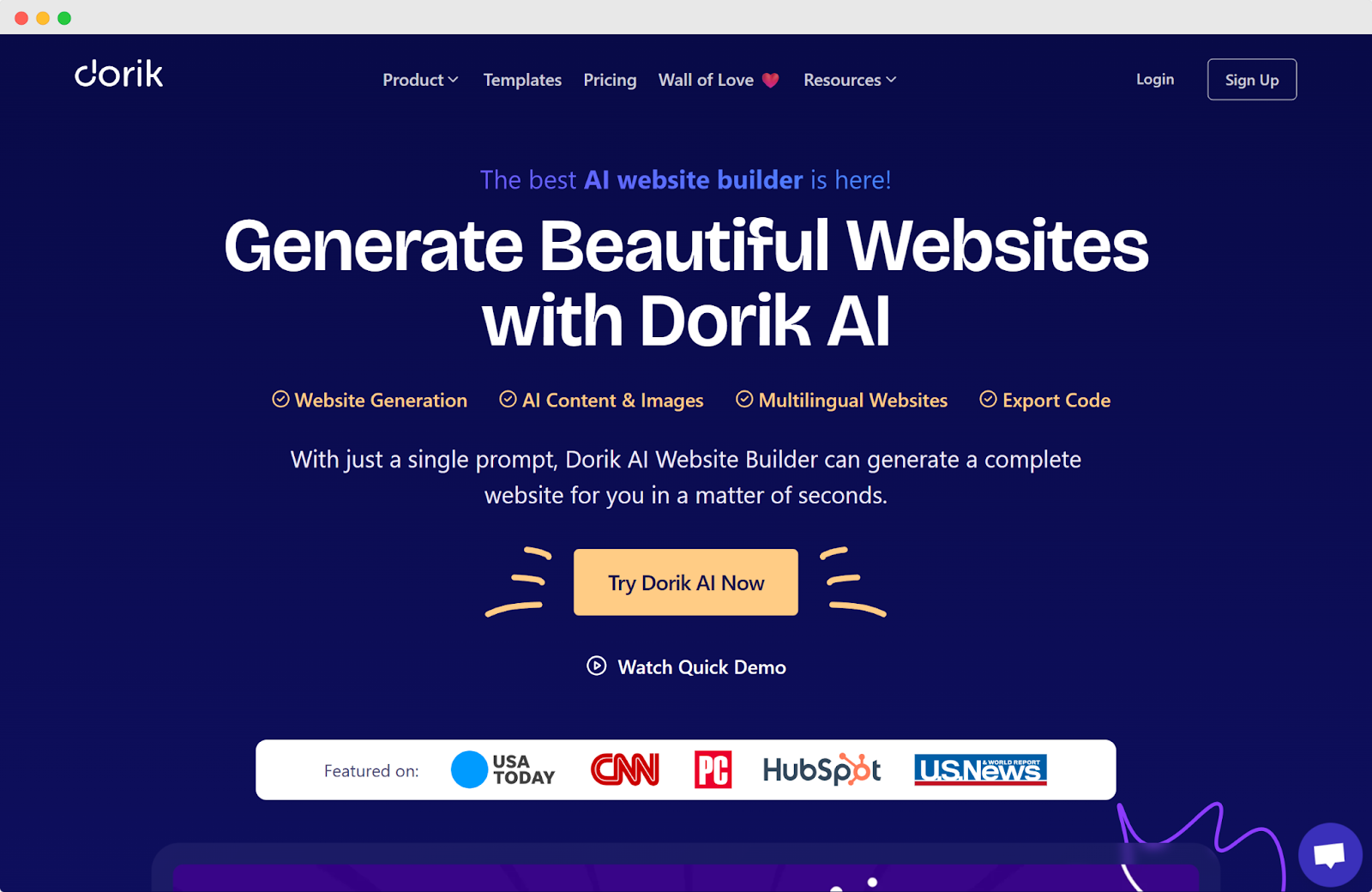
Dorik AI caught my attention because it's one of the best blogging tools that actually offers what bloggers need. You're not just getting a basic blog setup – you're getting a full website builder that can grow with your ambitions.
What makes Dorik special is its AI-powered approach. Instead of starting from scratch, you can describe your blog concept and let the AI create a foundation for you.
Related Read: Best AI Tools for Blogging
Their template gallery is impressive too, with web designs that look professional. This platform handles all the technical stuff like mobile responsiveness and loading speeds, so you can focus on what matters – your content.
For bloggers who want more than just a simple blog (maybe you're planning to add a portfolio, sell courses, or showcase services), Dorik gives you room to expand without switching platforms later.
Related Read: How to Use Dorik CMS for Blogging
Pricing
Free Plan: Available (14 Days Free Trial)
Personal: $20.75/month (BILLED $249 ANNUALLY)
Business: $41.5/month (BILLED $498 annually)
Agency: Contact them for agency pricing
Learn How to Create A Website
2. WordPress
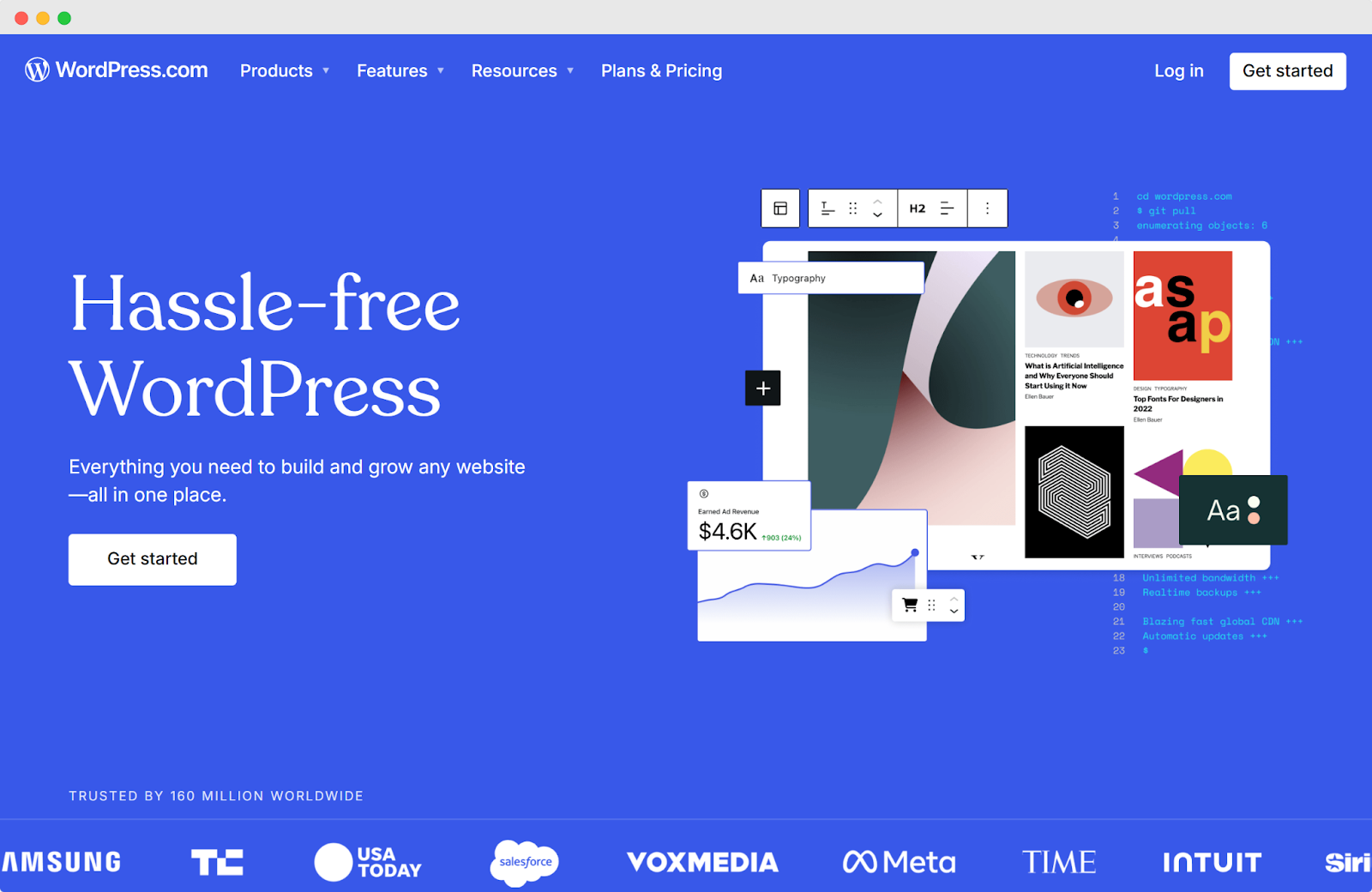
WordPress powers more blogs than any other platform, and there's a simple reason why. The block editor actually gets how you write – you can drag and drop elements, swap out menus, add pull quotes, or create photo galleries without touching code.
You get serious hosting features like unlimited bandwidth, security protection, and fast loading worldwide. Plus there are thousands of themes and over 59,000 plugins to choose from.
Start with just a blog, then add a store, membership area, or courses when you're ready. The SEO tools and social sharing are built right in, so growing your audience happens naturally.
Pricing
Personal: $4/month, billed annually
Premium: $8/month, billed annually
Business: $25/month, billed annually
Commerce: $45/month, billed annually
Enterprise: Contact their customer support
3. Medium
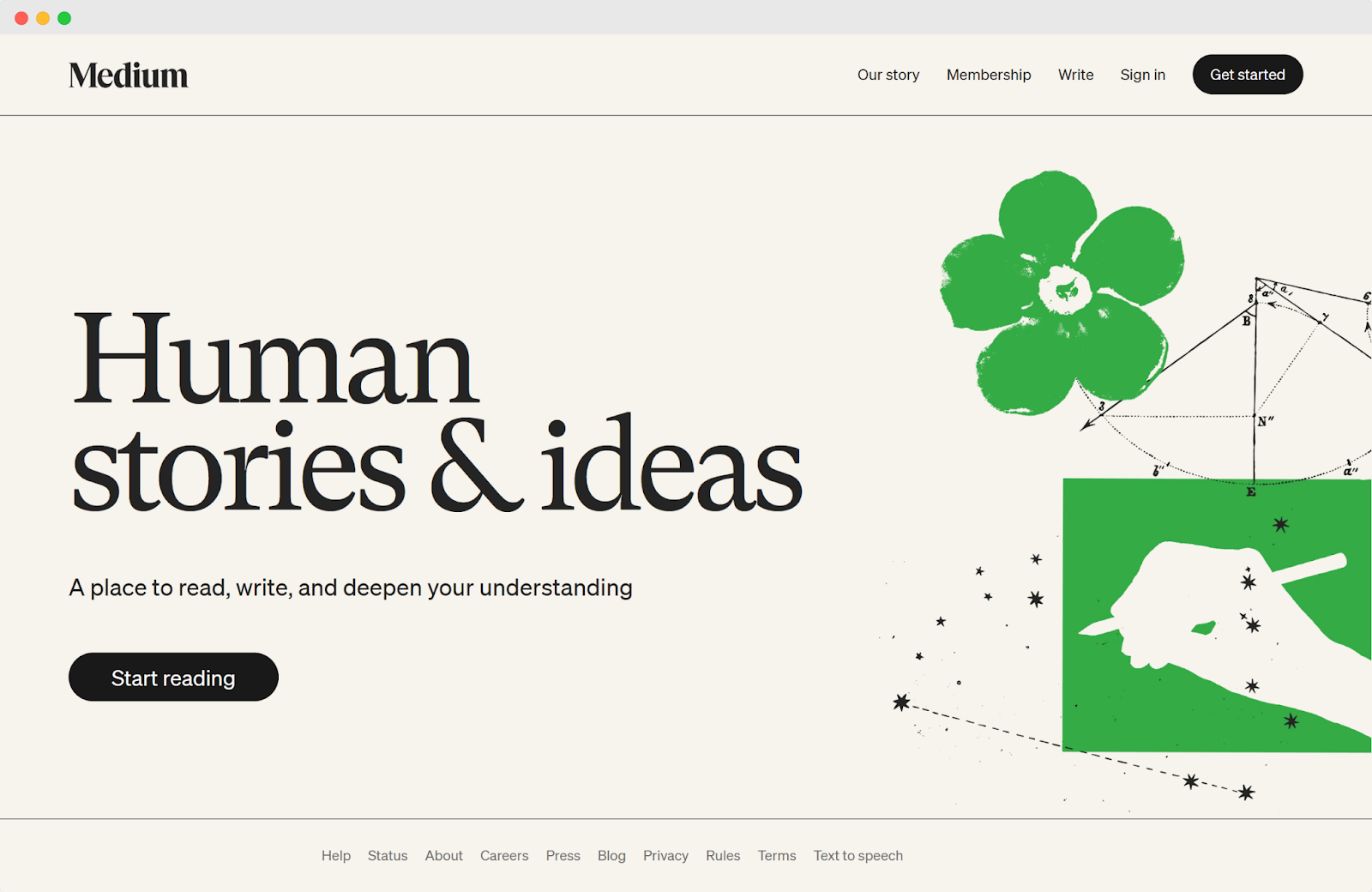
Medium feels different because it's built around discovery, not just publishing. With a built-in audience of 100 million readers, you get instant distribution without worrying about hosting or technical setup.
No coding skills needed – you can focus purely on writing and potentially boost your reach quickly. The clean editor lets your words shine, and their recommendation system puts your articles in front of readers who actually care.
You can even earn money through their Partner Program. The trade-off? Limited customization, but for writers focused on content over design, that's often worth it.
Pricing
Monthly Membership: $5 per month
Annual Membership: $50 per year
4. Hostinger
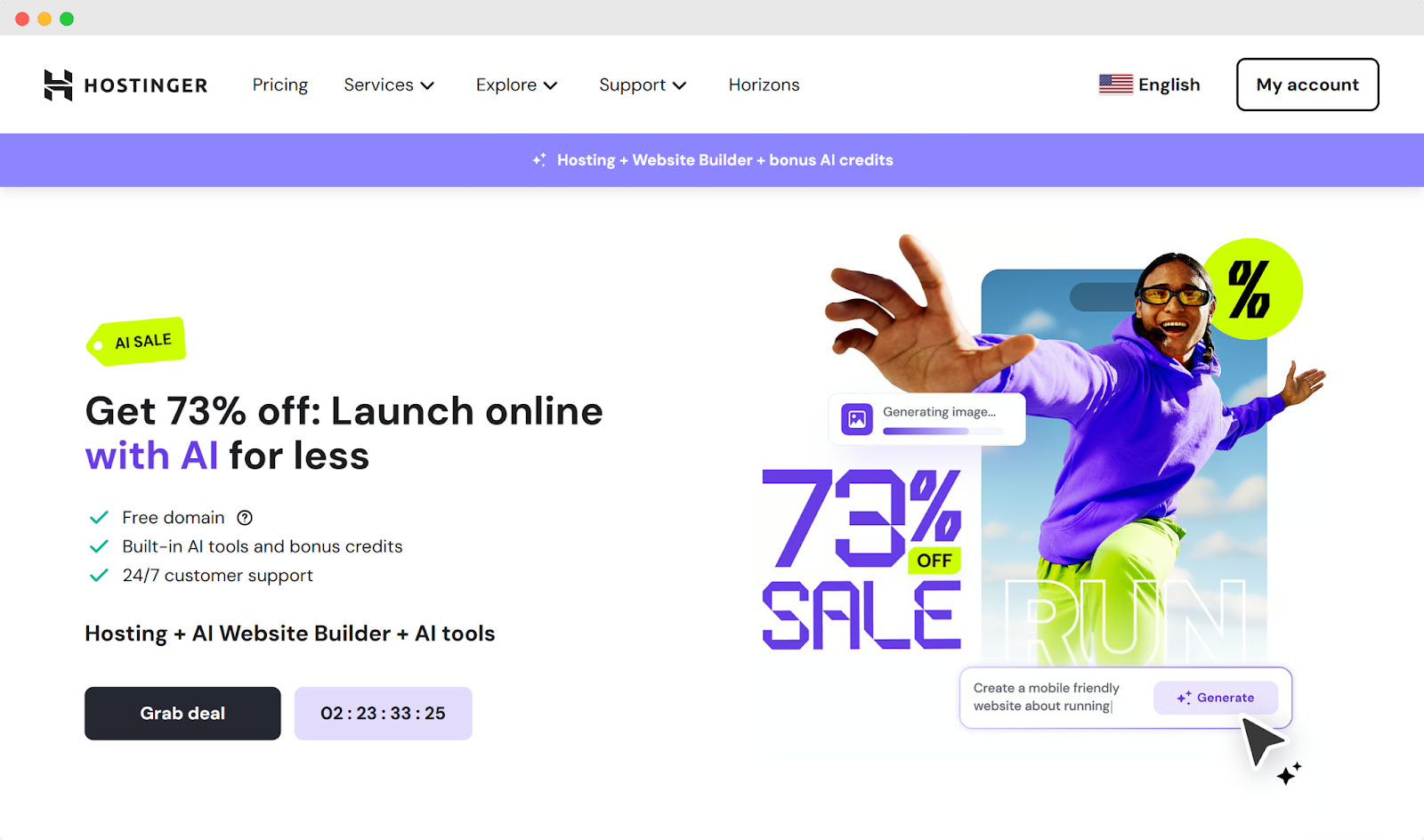
Hostinger stands out because it combines powerful AI with genuine simplicity. Their AI-powered website builder asks just three questions, then automatically builds your website complete with relevant text and images that you can customize using their drag-and-drop editor.
You can launch a blog in minutes using the AI-powered website builder – a unique feature that sets it apart from other blogging platforms. The intuitive drag-and-drop editor lets you effortlessly change formatting, add new elements, and create pages.
Plus you get robust eCommerce support with over 20 payment gateways and built-in SEO tools to improve your Google ranking.
Pricing
Premium: $2.99/month + 2 Months Free
Business: $3.79/month + 2 Months Free
Cloud Startup: $7.99/month + 2 Months Free
5. Hubspot CMS
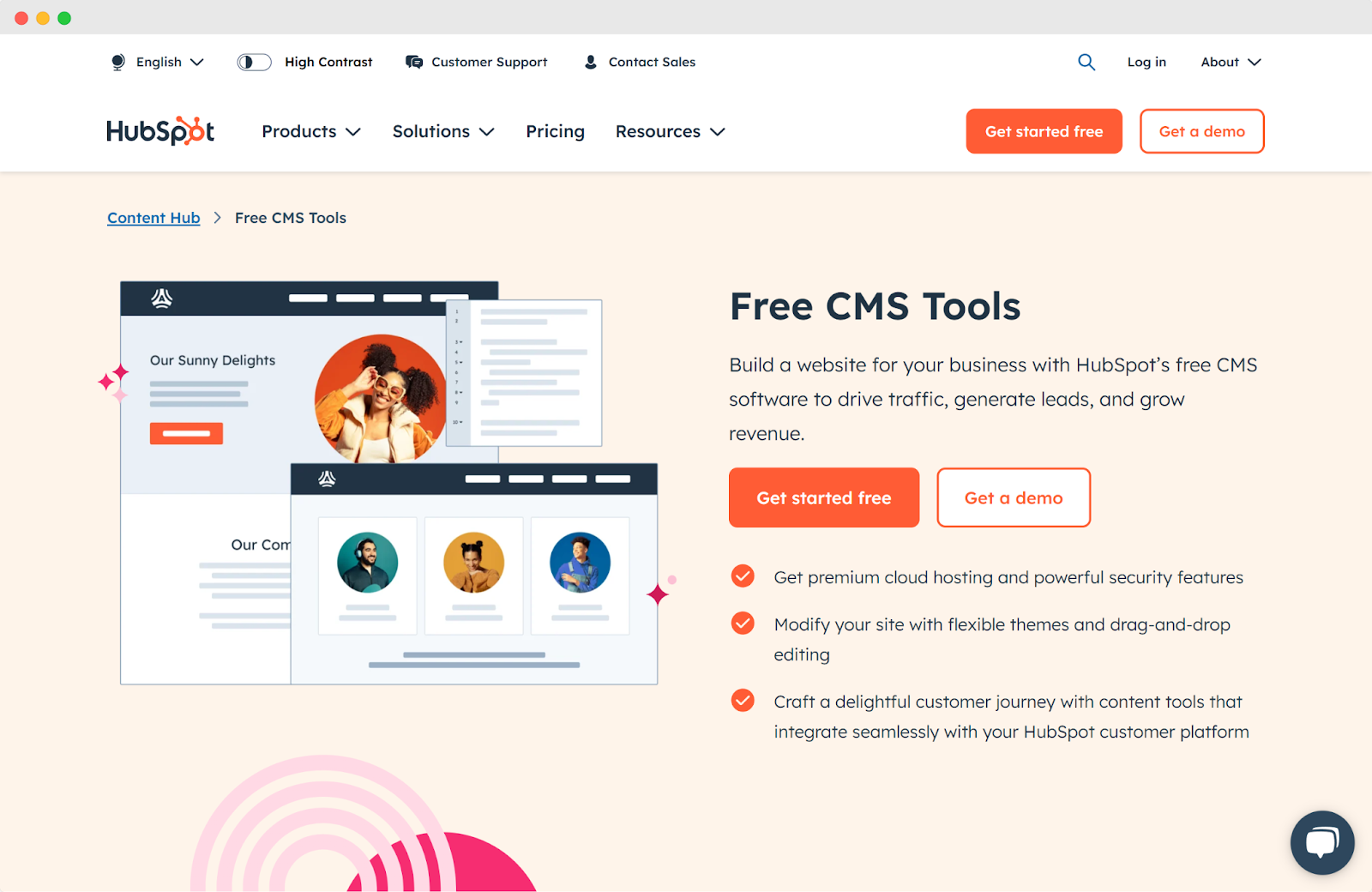
HubSpot CMS is built for businesses that want their blog to actually generate leads. It includes premium cloud hosting, a drag-and-drop editor, website analytics, and content tools that integrate smoothly with HubSpot's customer platform.
You can add personalized content to your pages, landing pages, and blog posts – similar to how you personalize marketing emails. Built-in SEO recommendations, A/B testing for landing pages, and customizable calls-to-action help convert visitors into leads.
Everything connects to HubSpot's CRM so you can track which content drives actual business.
Explore Best AI Tools for Competitor Analysis
Pricing
Free: Available
Starter: $15/month per seat
Professional: $500/ month with 3 core seats included
Enterprise: $1,500/month with 5 core seats included
6. Substack
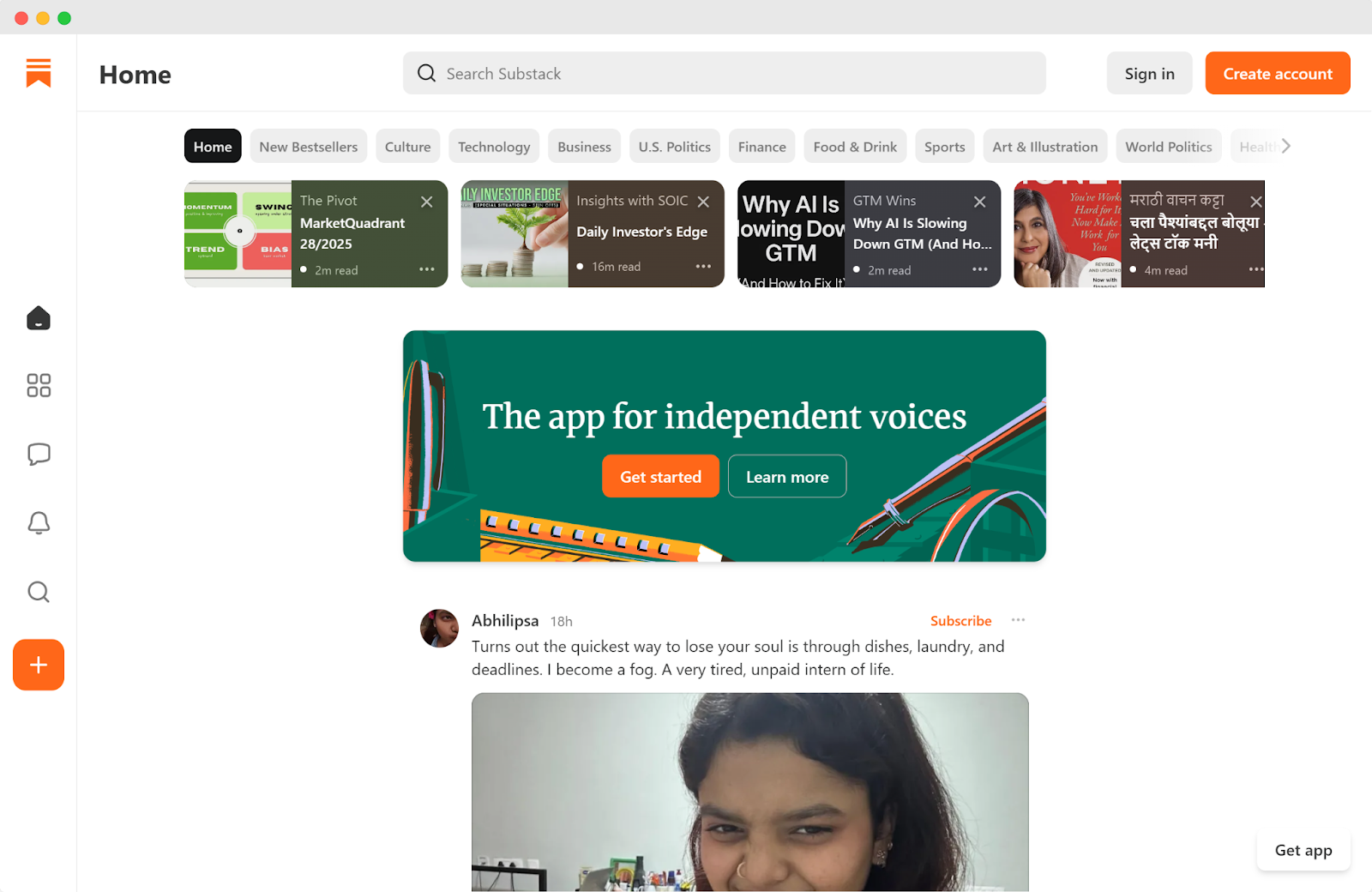
Substack combines blogging with email newsletters in one platform. Every post publishes to both the web and email, so you can find new readers and always reach your existing audience. No hosting fees, domain charges, or hidden costs.
You can monetize through paid subscriptions – a few hundred paid subscribers can support a livelihood, a few thousand makes it lucrative. The built-in "Notes" social network helps you connect with other writers and grow your audience. Substack takes 10% of subscription revenue.
Limited design customization and basic email features, but perfect for writers who want to focus on content and build a paying subscriber base without technical hassles.
Pricing
Paid Subscriptions:
-
Writers keep 90% of revenue (minus credit card fees)
-
Substack takes 10% of subscription revenue
-
No platform fees or hosting costs
-
Choose which posts are free vs. paid only
Revenue Examples:
-
800 paid subscribers at $7/month = ~$4,638/month net earnings
-
1,000 subscribers at $5/month = $60,000/year potential
How to Spot a Great Blogging Platform
With so many blogging platforms out there, picking the right one can feel overwhelming. But here's the thing – the "best" platform is simply the one that fits your specific needs and goals.
Think of it like choosing a car: a sports car might be perfect for weekend drives, but terrible for moving furniture.
Here's how to find your perfect blogging match:
1. Define your blogging goals first
Are you starting a personal journal, building a business blog, or creating a portfolio? Your goals will shape everything else. A hobby blogger has different needs than someone planning to monetize their content or run an online business.
2. Test the user experience yourself
Sign up for free trials and actually try creating a post. Is the editor intuitive? Can you upload images easily? If you're fighting with the platform just to publish your first post, imagine the frustration down the road.
3. Check if it can grow with you
Your blog today might be simple, but what about in two years? Look for platforms that can handle more traffic, additional features, and integrations as your audience grows. You don't want to rebuild from scratch later.
4. Compare real costs, not just advertised prices
Free platforms often have hidden limitations. Paid platforms might seem expensive until you factor in what's included – hosting, security, support. Calculate the total cost of ownership, not just the monthly fee.
5. Look for design flexibility that matches your vision
Some platforms offer beautiful templates but limited customization. Others give you complete control but require technical skills. Find the sweet spot between looking professional and staying within your comfort zone.
6. Prioritize built-in SEO tools
Your brilliant content won't matter if no one can find it. Look for platforms that help with meta descriptions, URL optimization, and search engine visibility without requiring a PhD in digital marketing.
7. Consider monetization options early
Even if you're not planning to make money initially, it's worth choosing a platform that supports ads, affiliate links, or product sales. Adding these features later shouldn't require a complete platform migration.
8. Check the community and support quality
When you're stuck at 2 AM trying to fix something, you'll appreciate active forums, helpful documentation, and responsive customer support. A strong community can be your lifeline and learning resource.
FAQs
Why should I blog?
Only blog if you genuinely want to. You need real motivation because blogging requires consistent effort.
Most successful bloggers are driven by:
-
Making money – Through ads, affiliate marketing, or selling products/services
-
Building authority – Establishing yourself as an expert in your field
-
Helping others – Sharing knowledge that solves problems or teaches something valuable
-
Growing your business – Attracting customers and building trust with your audience
What should I blog about?
Your blogging purpose decides your content.
For money – Research profitable keywords and topics in your niche that people actually search for.
For passion – Write about what excites you – cooking, travel, tech, whatever you love.
For both – Find knowledge gaps in your area and fill them with useful content that solves real problems.
The key is picking topics you can write about consistently while serving an actual audience need.
How often should I blog?
Blog as often as you can consistently manage – whether that's daily, weekly, or monthly. It's better to publish one high-quality post per week that you promote well than to post daily and burn out after a month.
Focus on getting more readers and repeat visitors with fewer, well-promoted posts rather than flooding your blog with content you can't sustain.
Consistency beats frequency every time.
Wrap Up
After testing all these platforms, the best blogging platform is simply the one you'll actually use consistently. WordPress offers total control, Medium focuses on pure writing, HubSpot excels for businesses, and Substack monetizes through newsletters.
But here's the reality – pick what matches your goals and comfort level. Don't overthink it to the point where you never start.
For the perfect balance of power and simplicity, Dorik stands out as the best choice. Its AI-powered setup delivers professional results without technical headaches.
Ready to start? Follow our complete guide on how to create a blog and launch your blogging journey today.


